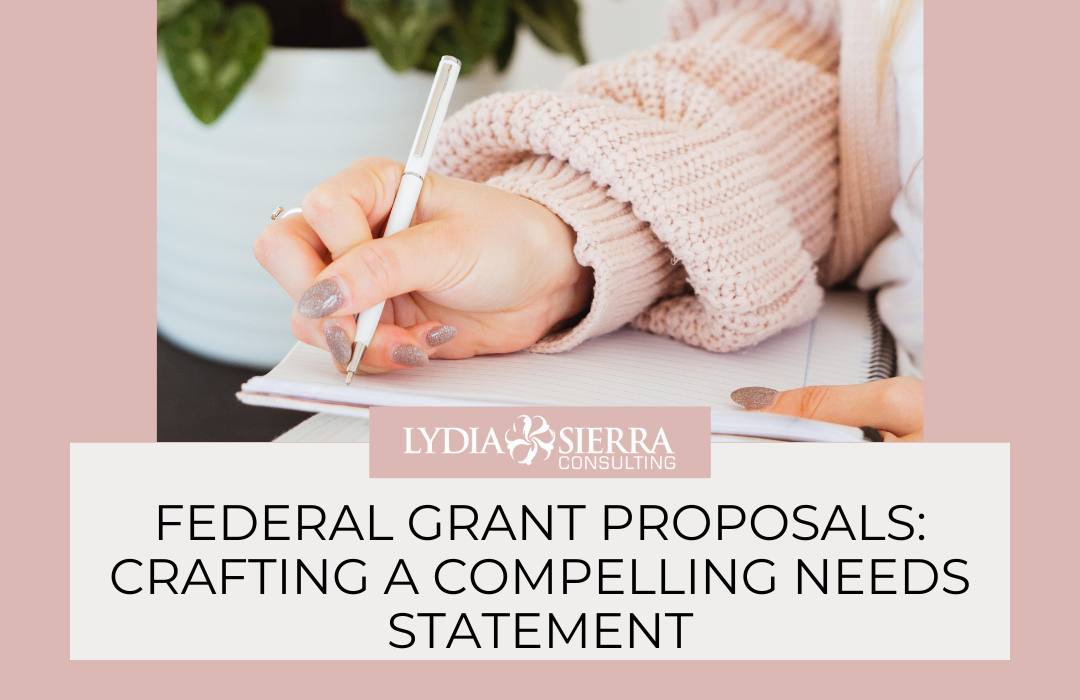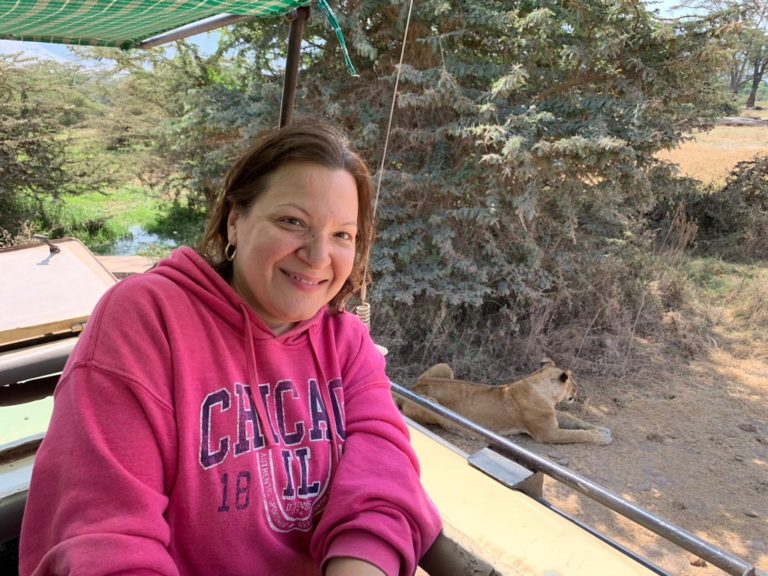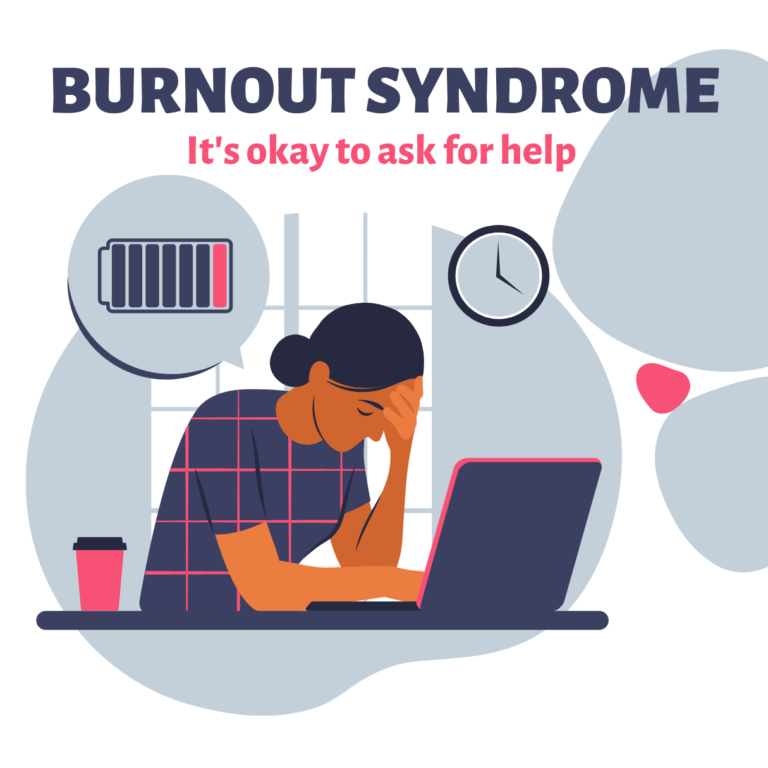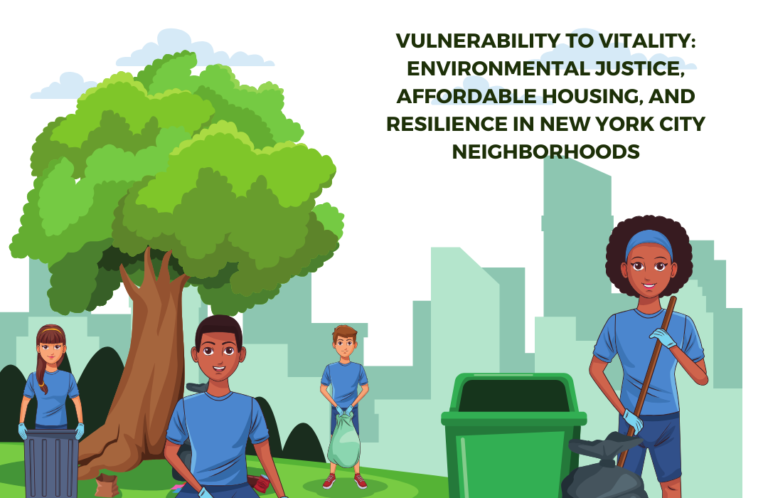In a previous post, we introduced you to the art of writing government proposals, one of our specialties here at Lydia Sierra Consulting. Over the next few months, we’re going deeper into this topic, sharing proven methods from our grant writing team, who spent the past year developing an online course for organizations seeking federal grant opportunities. To kick this off, we’re starting with the importance of writing a powerful needs statement.
What a Needs Statement Is and Why It Matters:
Across the nation, communities are chronically underresourced and nonprofits are working hard to bridge that gap. In this competitive fundraising landscape, your ability to express the needs your organization addresses and why will increase your ability to obtain federal grants.
A needs statement is a concise statement that outlines the problem your nonprofit aims to address, evidence of the problem, and how it plays out in the context of your community. (Sometimes, this is called a “problem statement.”) A well-crafted needs statement educates potential funders about the urgency and importance of your cause, motivating them to take action.
Every winning needs statement should have, at a minimum, these four ingredients:
1. Clear Alignment
When funders see their goals reflected in your proposal, they’re more likely to invest their time and resources. Be sure to clearly demonstrate how your project aligns with the priorities outlined in the Request for Proposals (RFP). Keep your needs statement clear, concise, and jargon-free so the reader doesn’t have to guess. Ensure that anyone, regardless of their familiarity with your organization, can understand the message and connect the dots between your project and the funder’s primary concerns.
2. Defined Target Audience
The needs statement is often included in the community demographics section of an application. Knowing your audience is crucial so you can describe them and their experiences to your readers. Pay close attention to the priority populations for the RFP, and make sure you are providing the best evidence of how your community aligns with those populations.
3. Data Contextualization
Funders need to understand the problem before they will commit to being part of the solution. Support your narrative with relevant statistics and data to provide a factual foundation for your cause. When and where appropriate, incorporate compelling visuals such as images, infographics, and videos to enhance your narrative. Visual elements can evoke emotions and make your needs statement more memorable.
4. Strategic Bragging
Funders are more likely to select an applicant when they can envision the concrete results of their support. Tell them why you are uniquely positioned and qualified to achieve the targeted outcomes. Clearly outline your organization’s impact and the outcomes achieved through previous initiatives. Quantify your impact whenever possible, providing measurable metrics that showcase the effectiveness of your programs.
To recap, crafting a compelling needs statement is an art that combines storytelling, data, and a deep understanding of not only the funder’s values but also your own. Keep your needs statement dynamic by updating it regularly with fresh data and success stories. This ensures that your message stays relevant and continues to resonate with funders. By investing time and effort into creating an impactful narrative, you can inspire action, raise funds to support your mission, and drive positive change for the communities you serve.
Book a 30-minute session to learn more about our tailored services.
Subscribe to receive this monthly series in your inbox!







